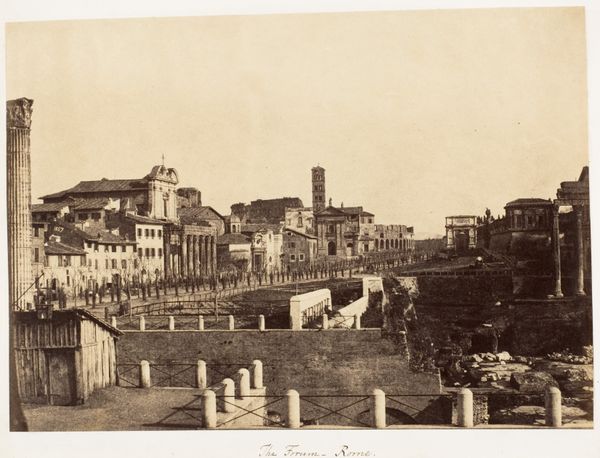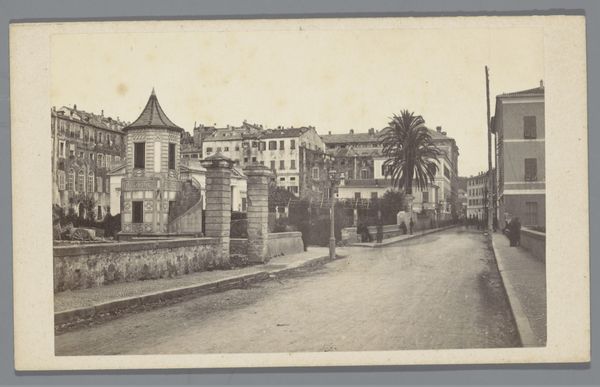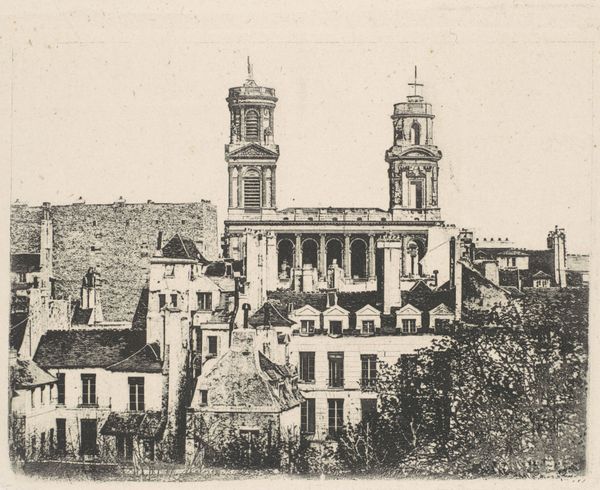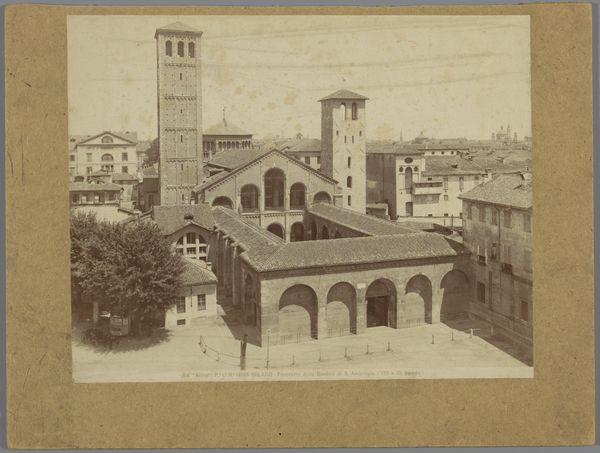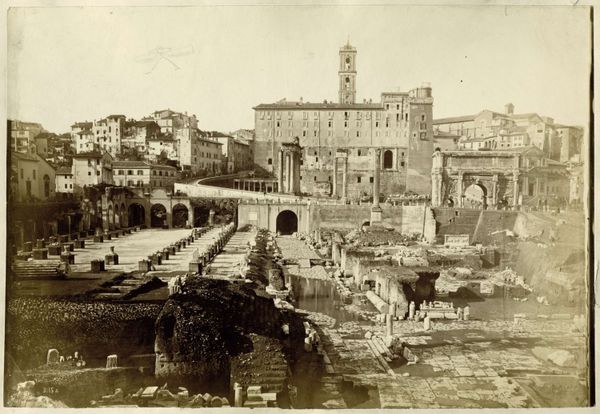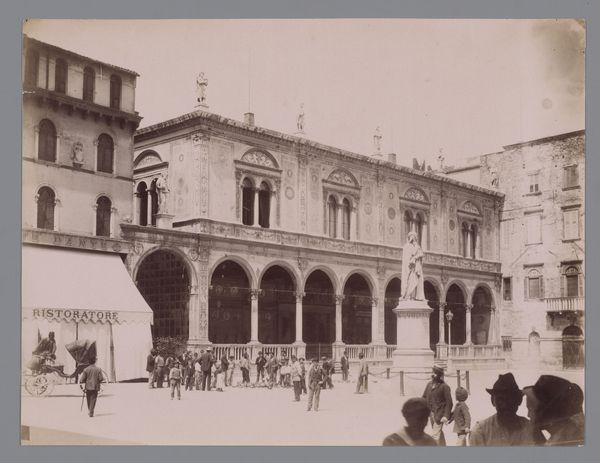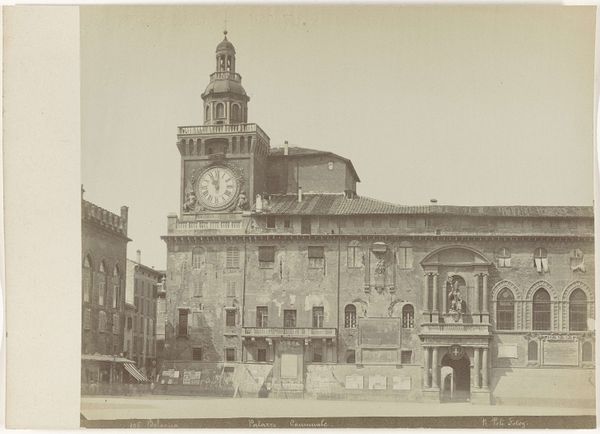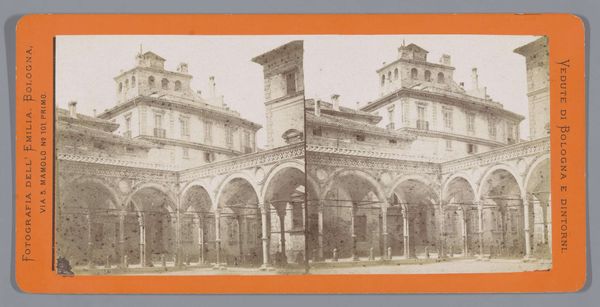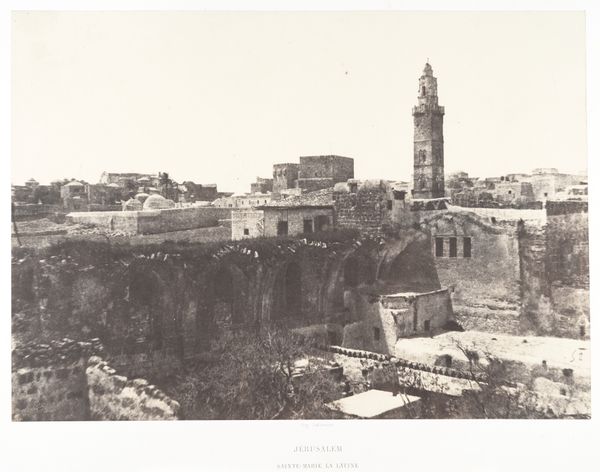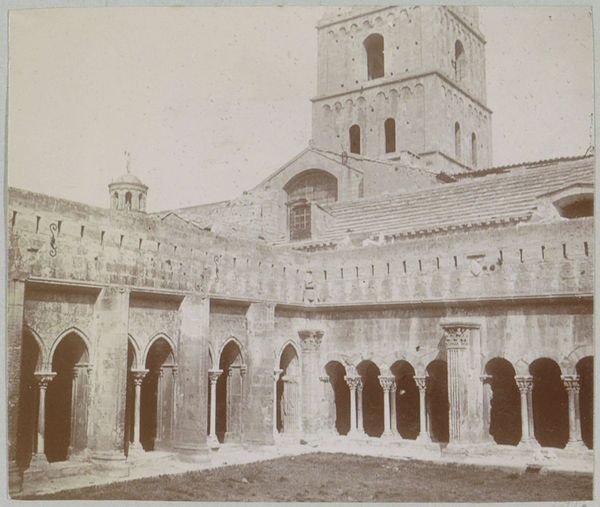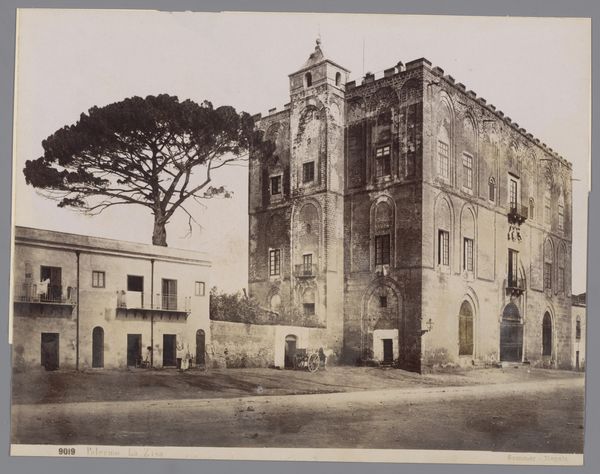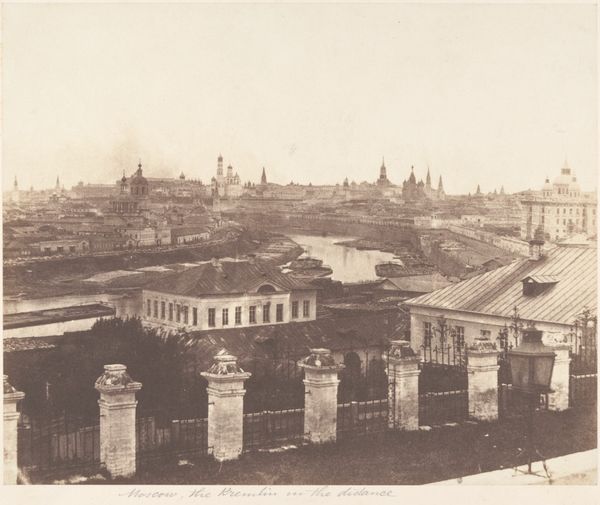
photography, architecture
#
16_19th-century
#
landscape
#
historic architecture
#
photography
#
ancient-mediterranean
#
19th century
#
cityscape
#
architecture
#
realism
#
historical building
Dimensions: image/sheet: 33.8 × 46.5 cm (13 5/16 × 18 5/16 in.) mount: 47.6 × 62.5 cm (18 3/4 × 24 5/8 in.)
Copyright: National Gallery of Art: CC0 1.0
Editor: This photograph, "Campo Vaccino, Rome" by Tommaso Cuccioni, taken around 1858, is incredible! It captures this vista of ancient Roman ruins and buildings with a very direct and seemingly objective point of view. How do you interpret this work, especially in its historical context? Curator: This photograph, like many early photographs of Rome, is deeply enmeshed with the politics of its time. Campo Vaccino, or "cow field," was, by the mid-19th century, not just a picturesque ruin but a charged space ripe for reimagining. The papacy still held temporal power then, but there was rising sentiment for a unified Italy. These images were more than tourist souvenirs. Editor: So, was there a specific aim in showing the ruins this way? Curator: Exactly. Cuccioni’s sharp focus on these ancient monuments, contrasted with the contemporary buildings around them, essentially claims Rome's historical importance and the foundation upon which modern Italy should stand. Do you notice the somewhat detached viewpoint, the way it organizes past and present almost scientifically? Editor: I do. It's not romanticized like a painting, it feels more... evidentiary. Like proof of Rome's grand history. Curator: Precisely. The photographic medium itself lent a sense of objective truth to that narrative, bolstering arguments for unification by visually linking the glories of the past with the potential of the future. The photo becomes a political tool. What I think it represents to the public is incredibly fascinating. Editor: It’s interesting to consider photography not just as a reflection of history but also an active participant in shaping it. This has truly expanded my perspective on looking at the work and understanding Cuccioni's time and this important time of change in Italy.
Comments
No comments
Be the first to comment and join the conversation on the ultimate creative platform.
